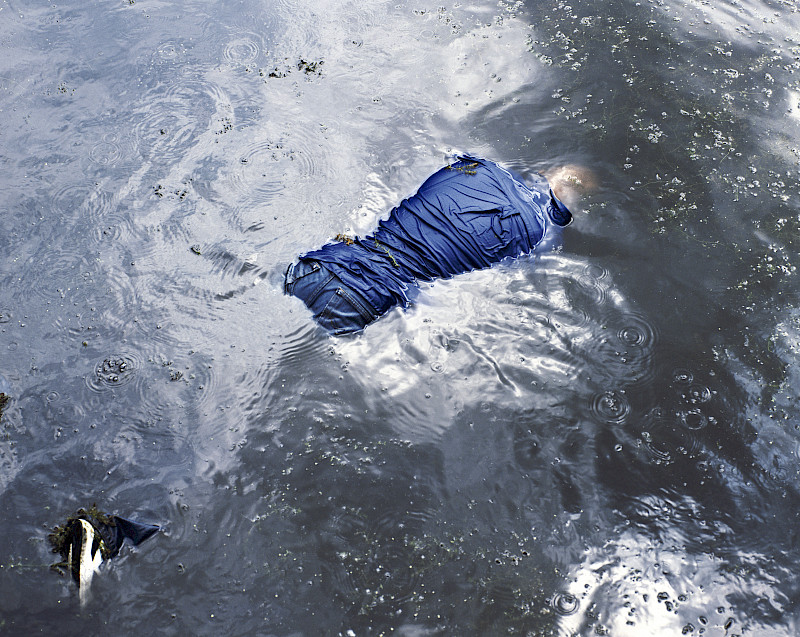
Single Photographic Works
A Critical Iconography of the Present
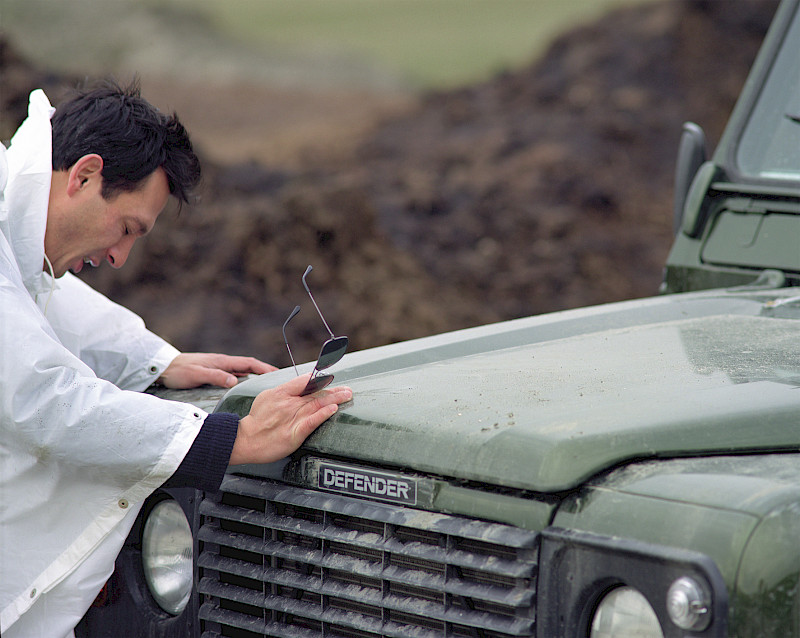
Text by Christel Vesters, ‘Indivisuals’ for ‘A Complex Newspaper’ published by Artimo, design by Thomas Buxo, 2001
‘You don’t have to look very far, just open the newspaper, and the pictures and headlines will tell you that the world around us is changing. Images of Palestinians wandering amongst the ruins of Jenin, Le Pen celebrating his victory in the first round of the french elections, images of bombardments in Kabul. These stark images speak for themselves, and leave little or no room for misinterpretation or alternative readings other than the mere facts they represent. The safe and secure depoliticised society of the “third way” coupled with the economic succes of the last few years, governed by multinational corporate interests, is fast being out-run by current events. Given this bleak scenario, thinking about art seems superfluous…. or is it?
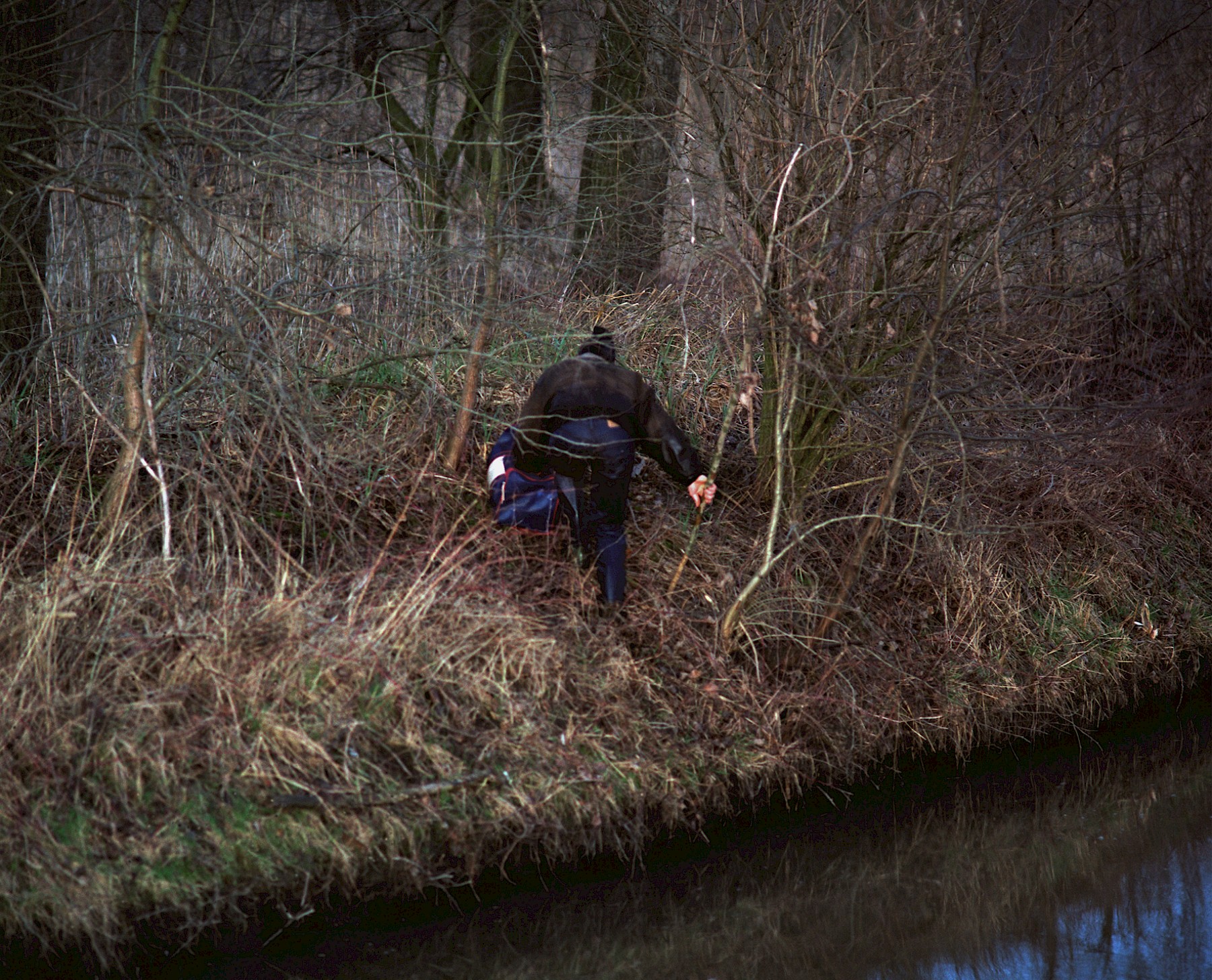
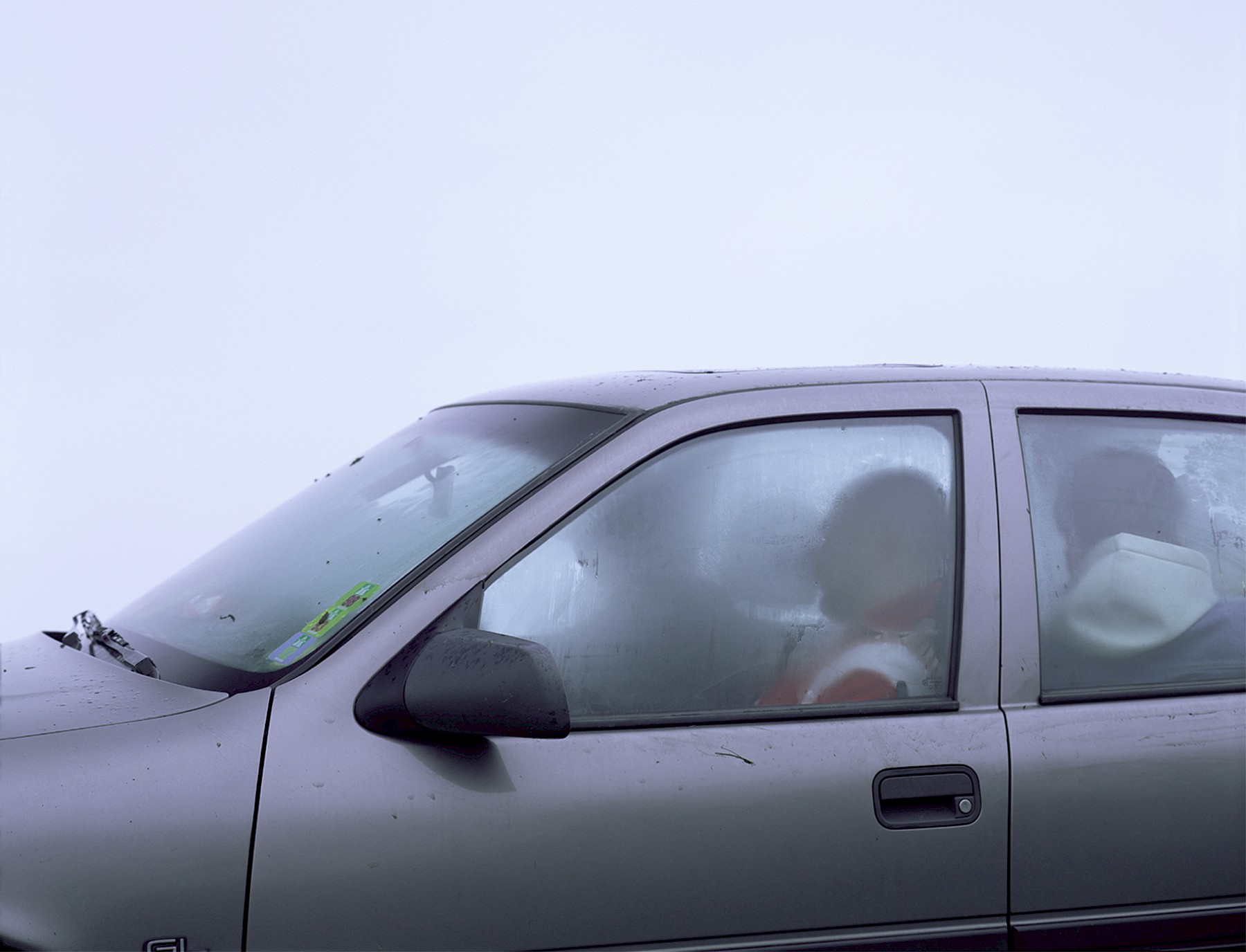
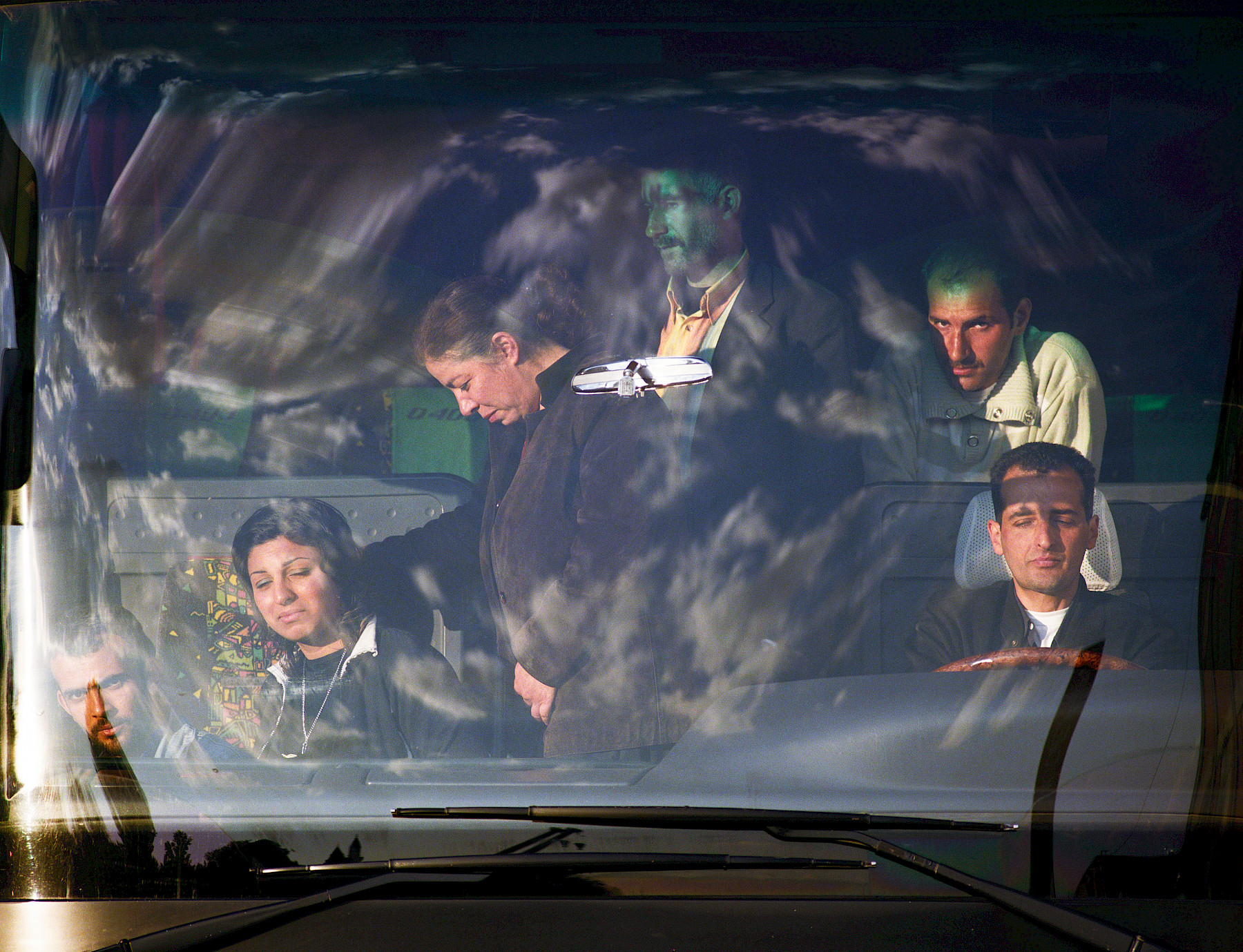
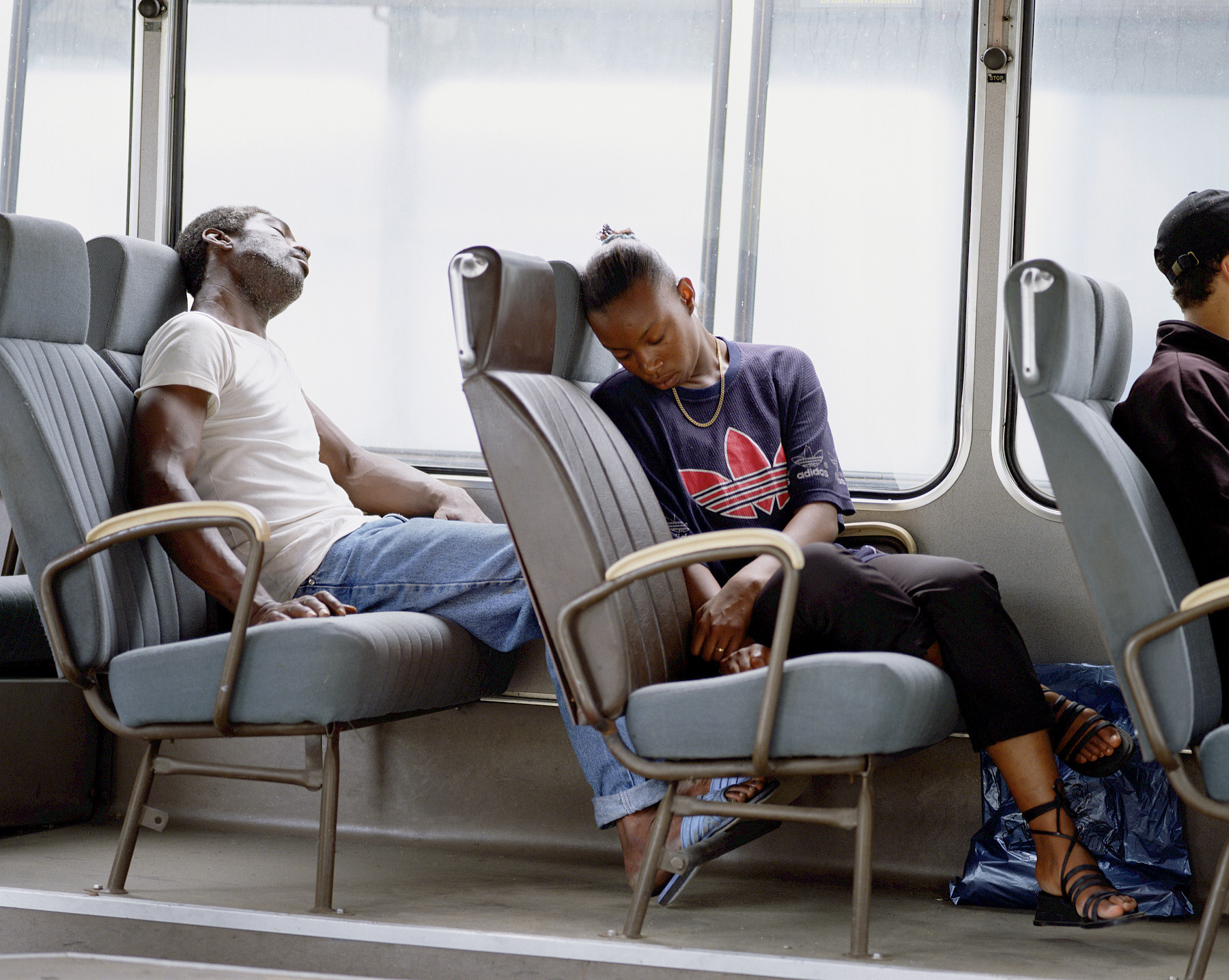
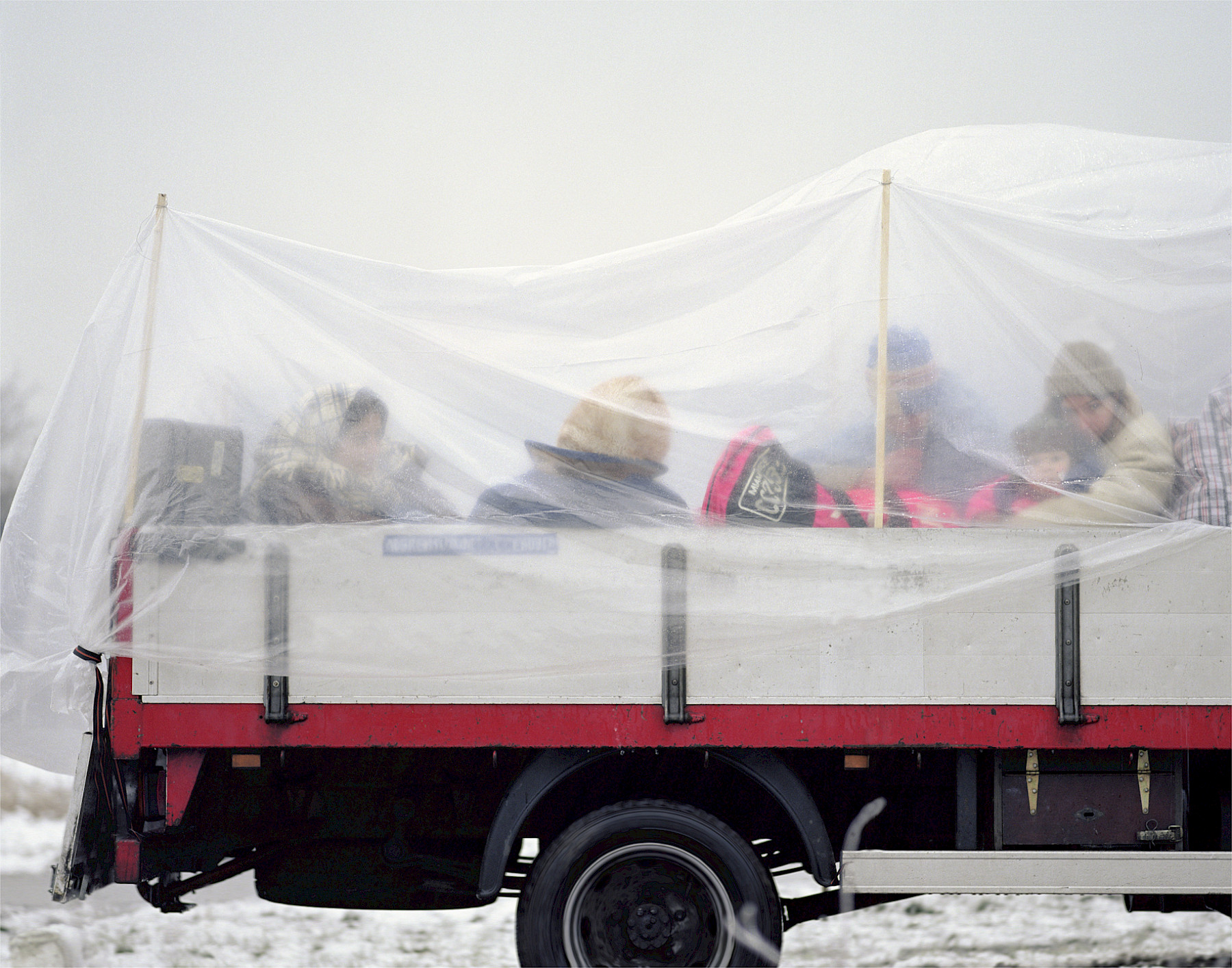
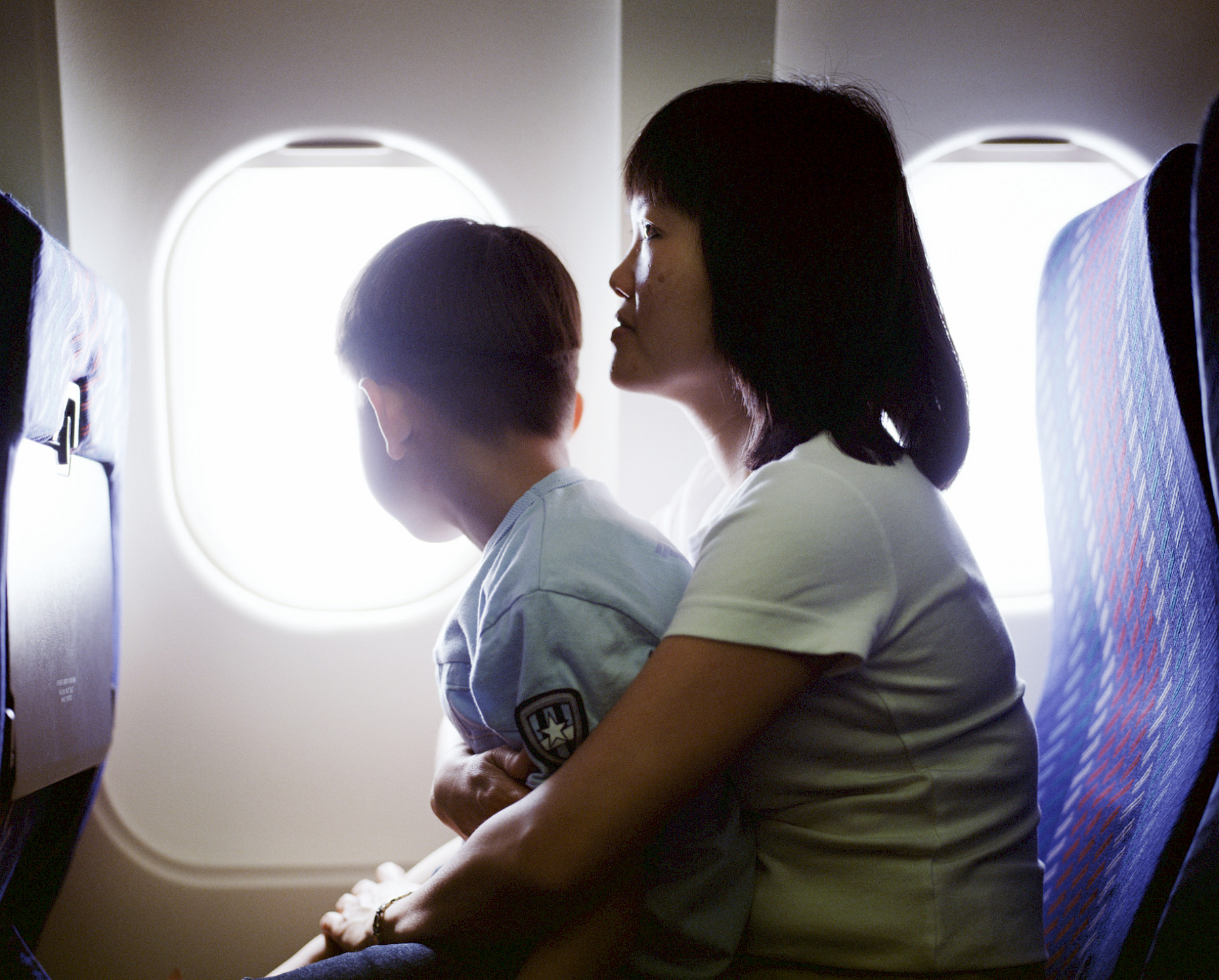
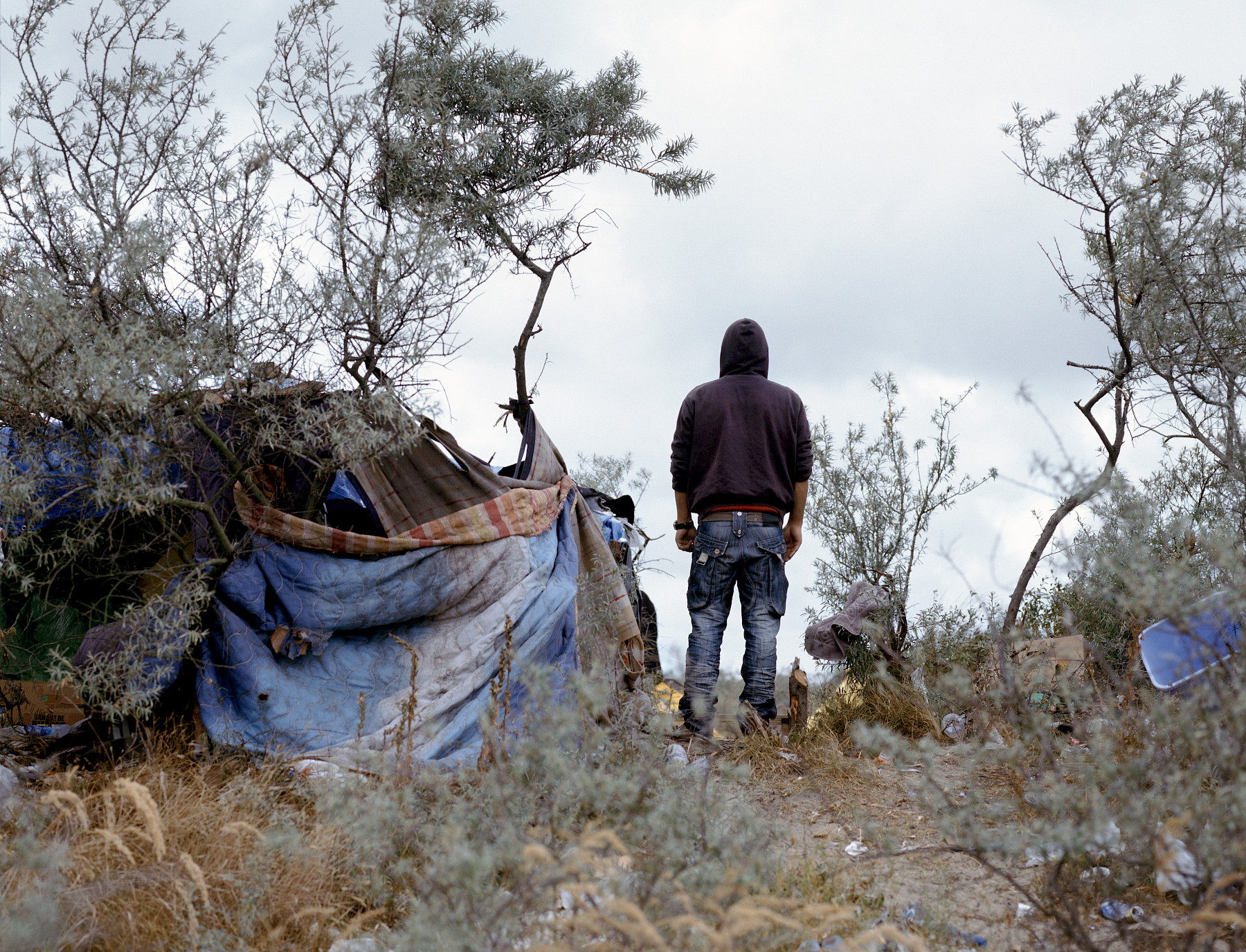
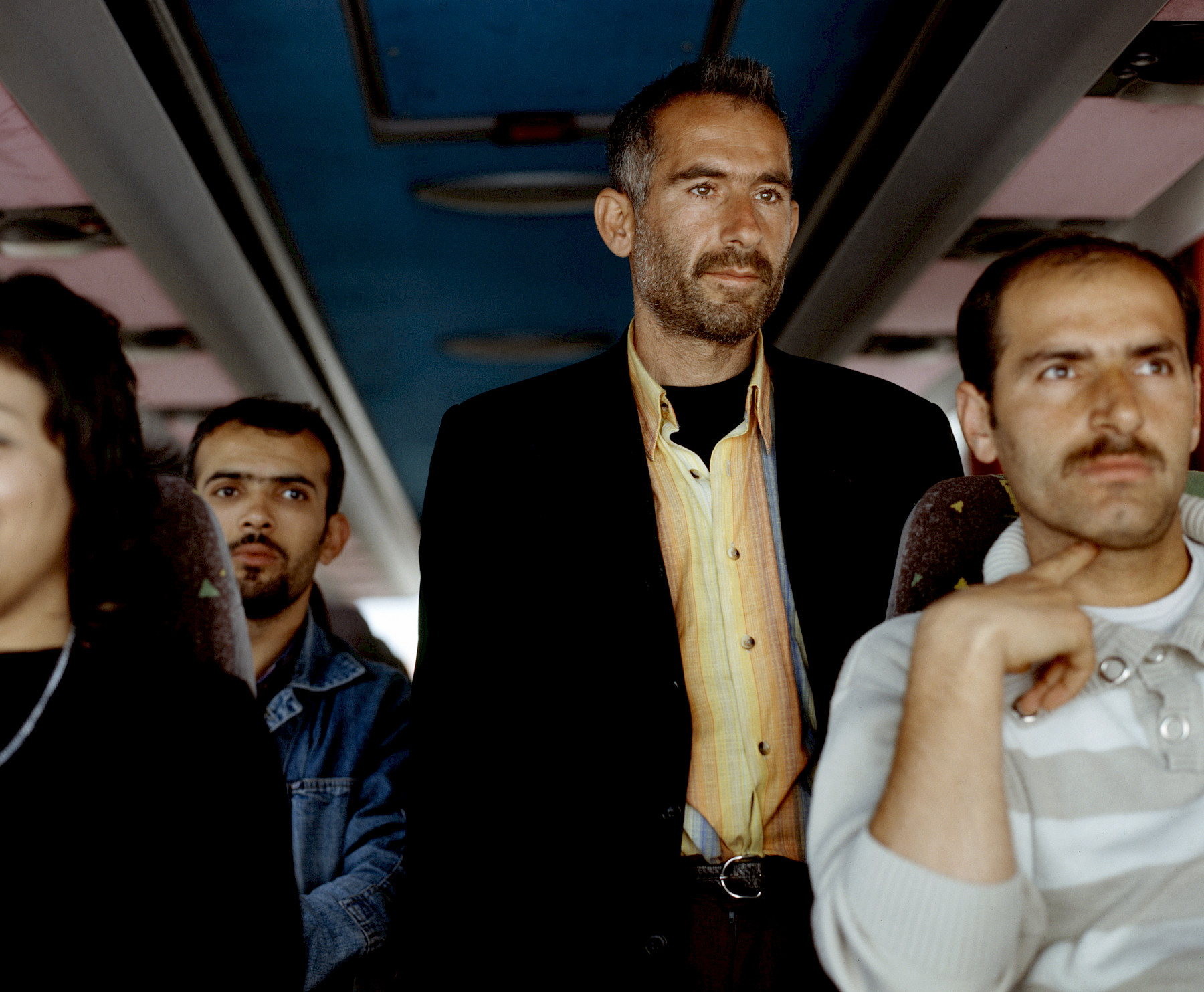
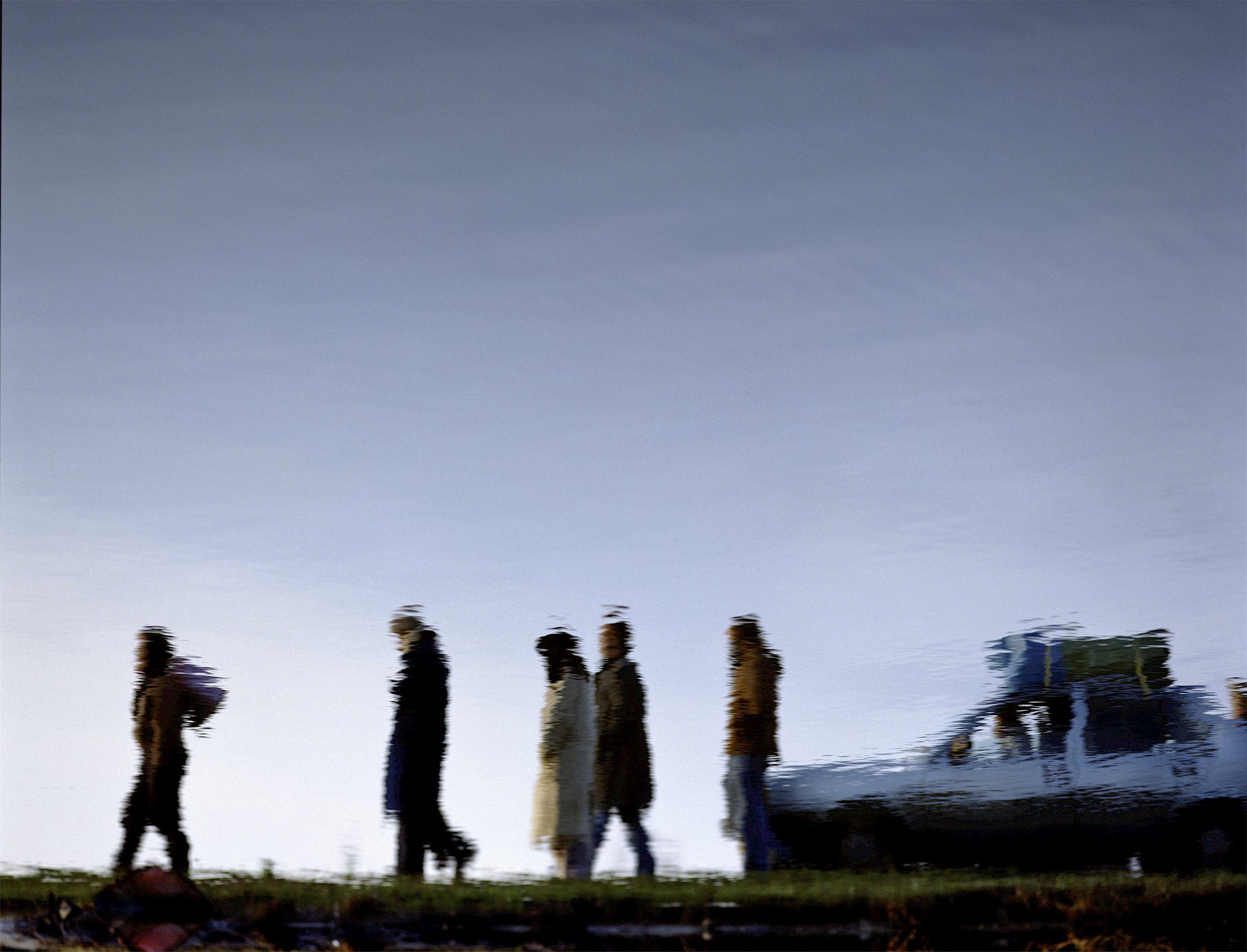
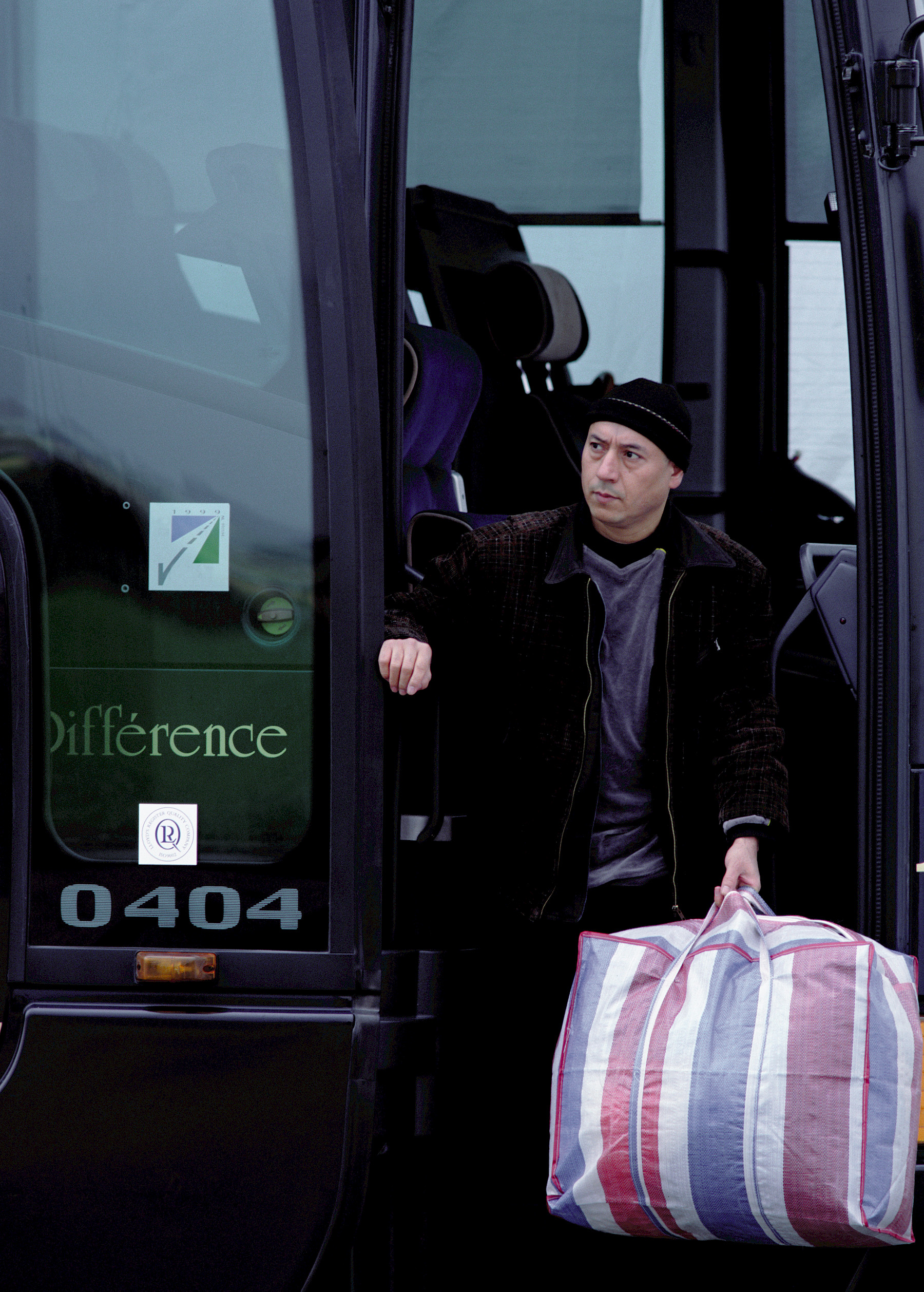
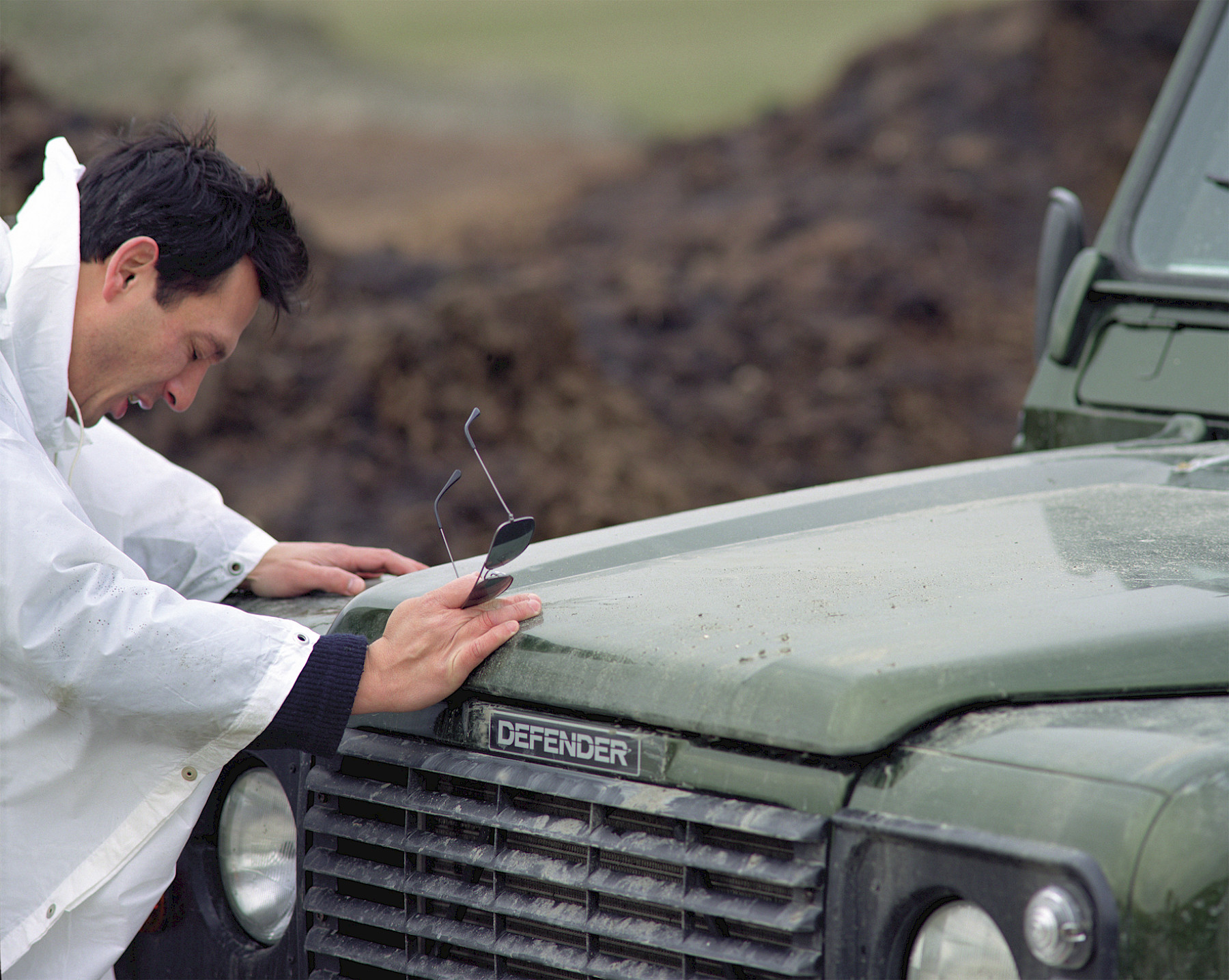
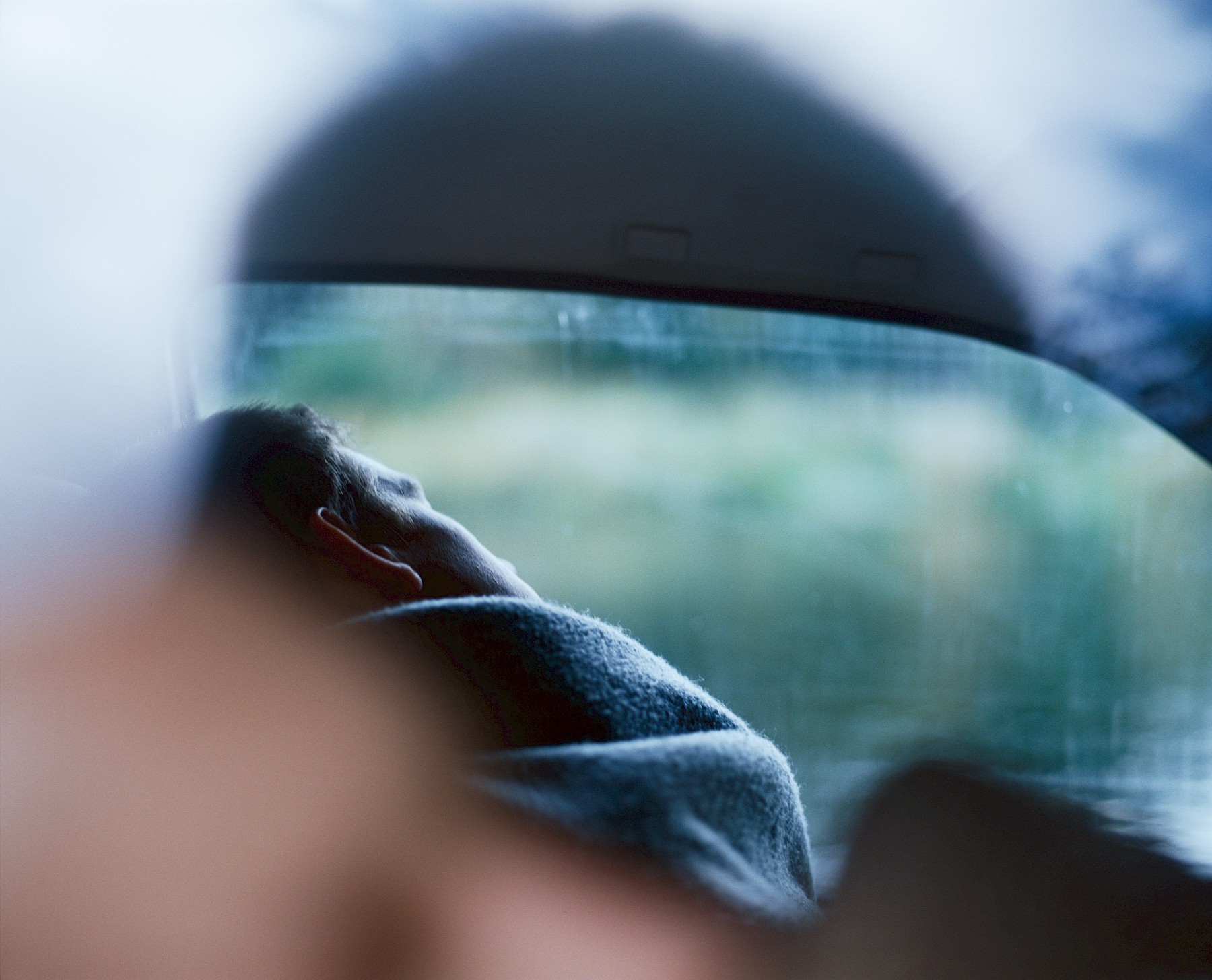
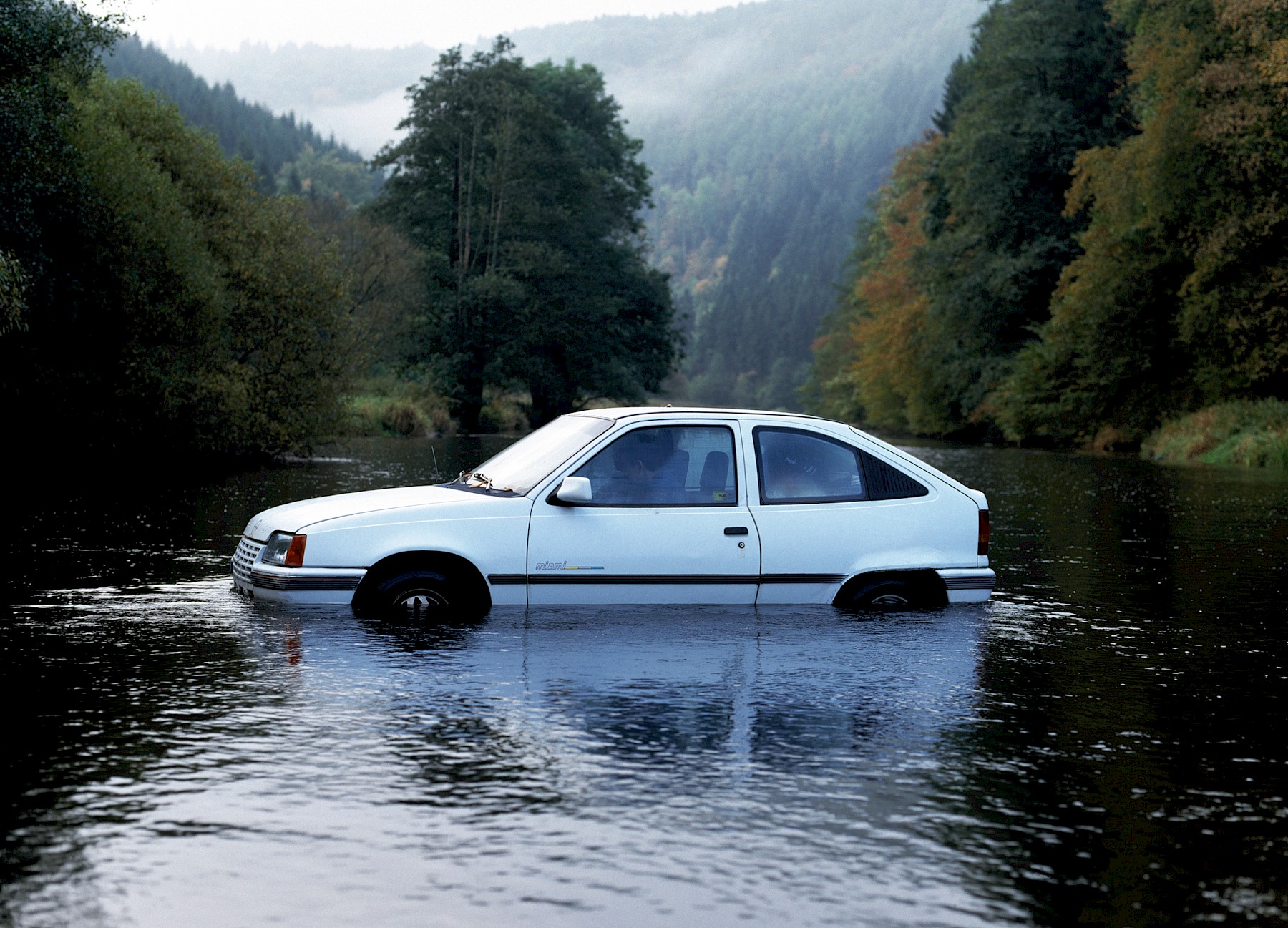
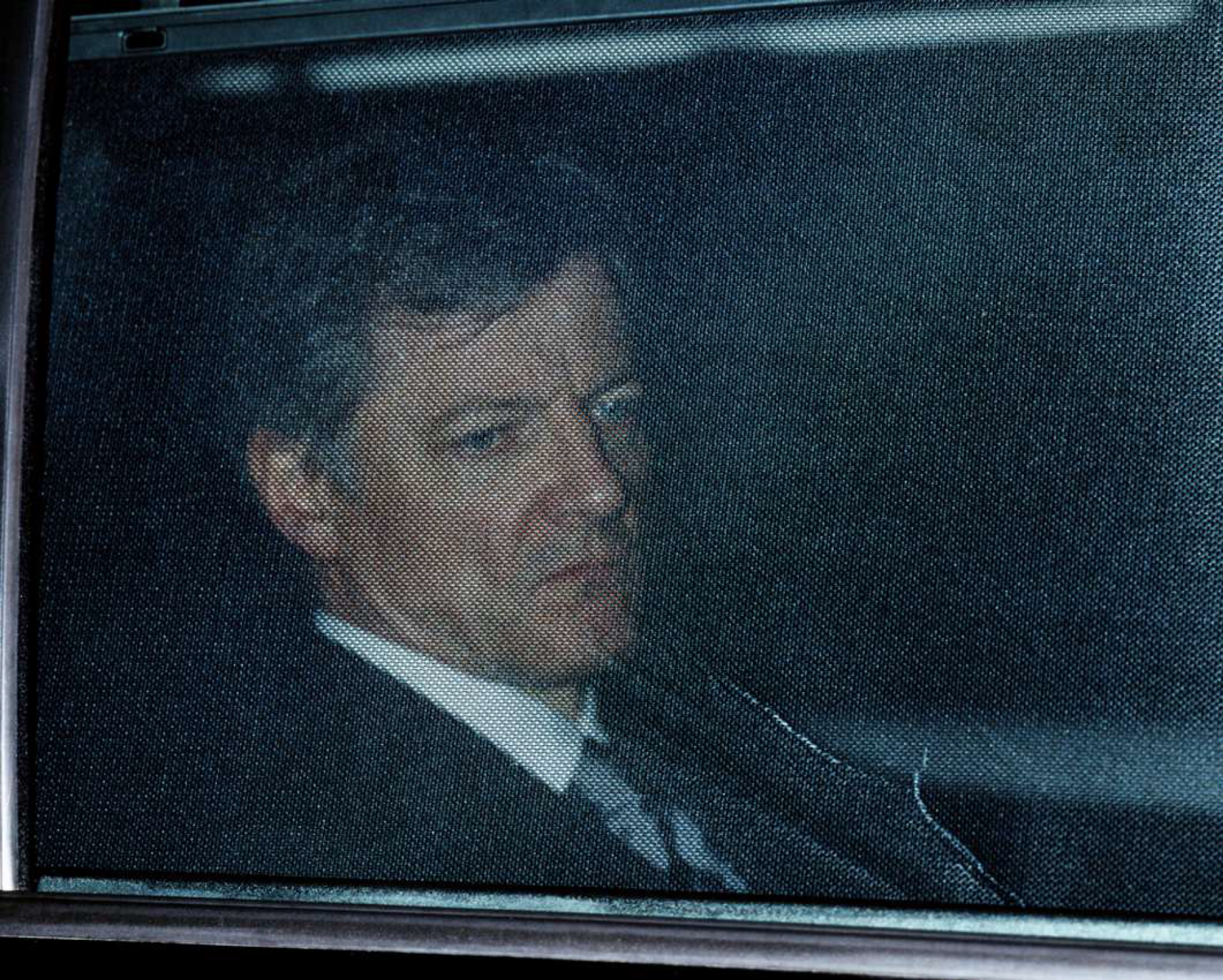
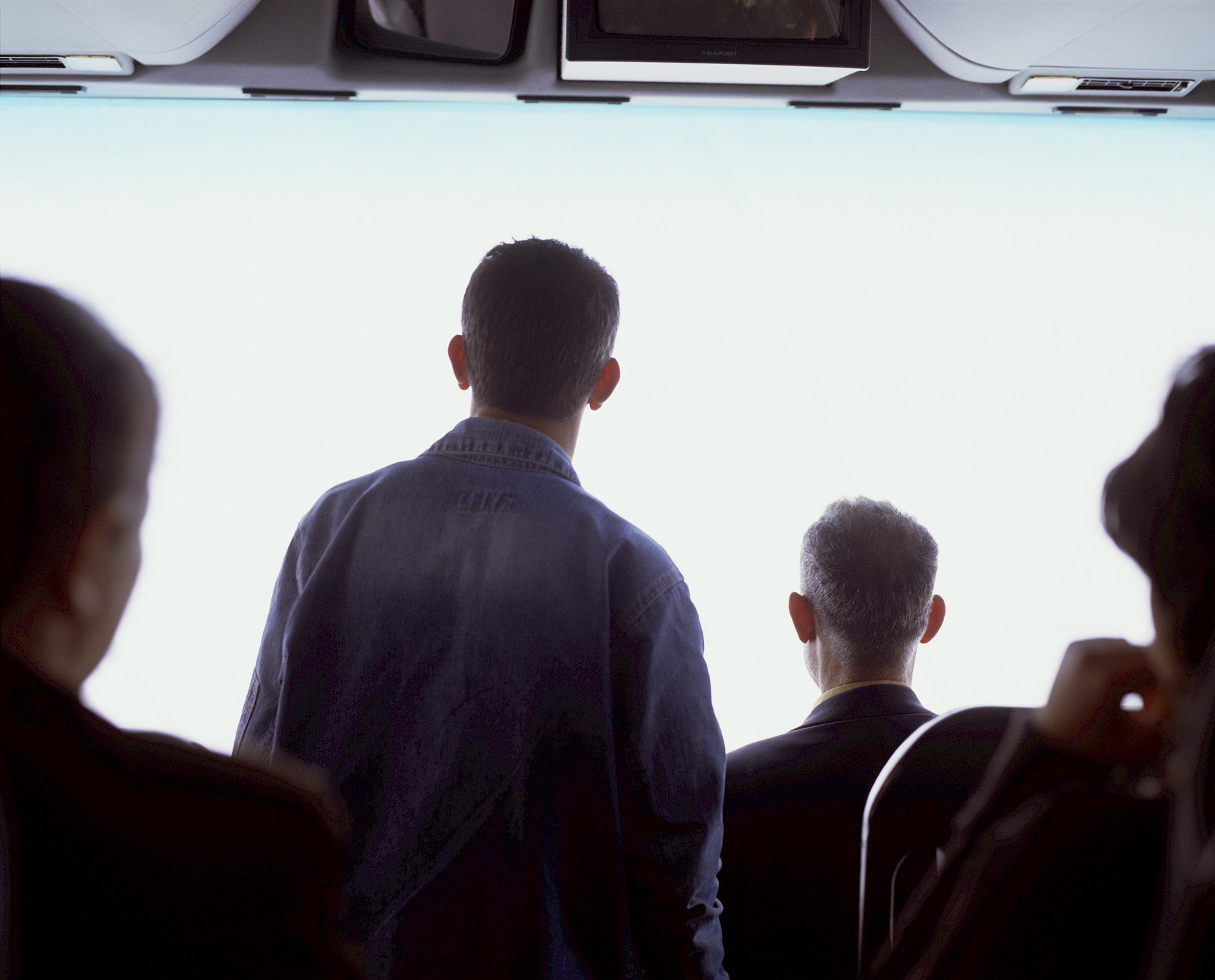
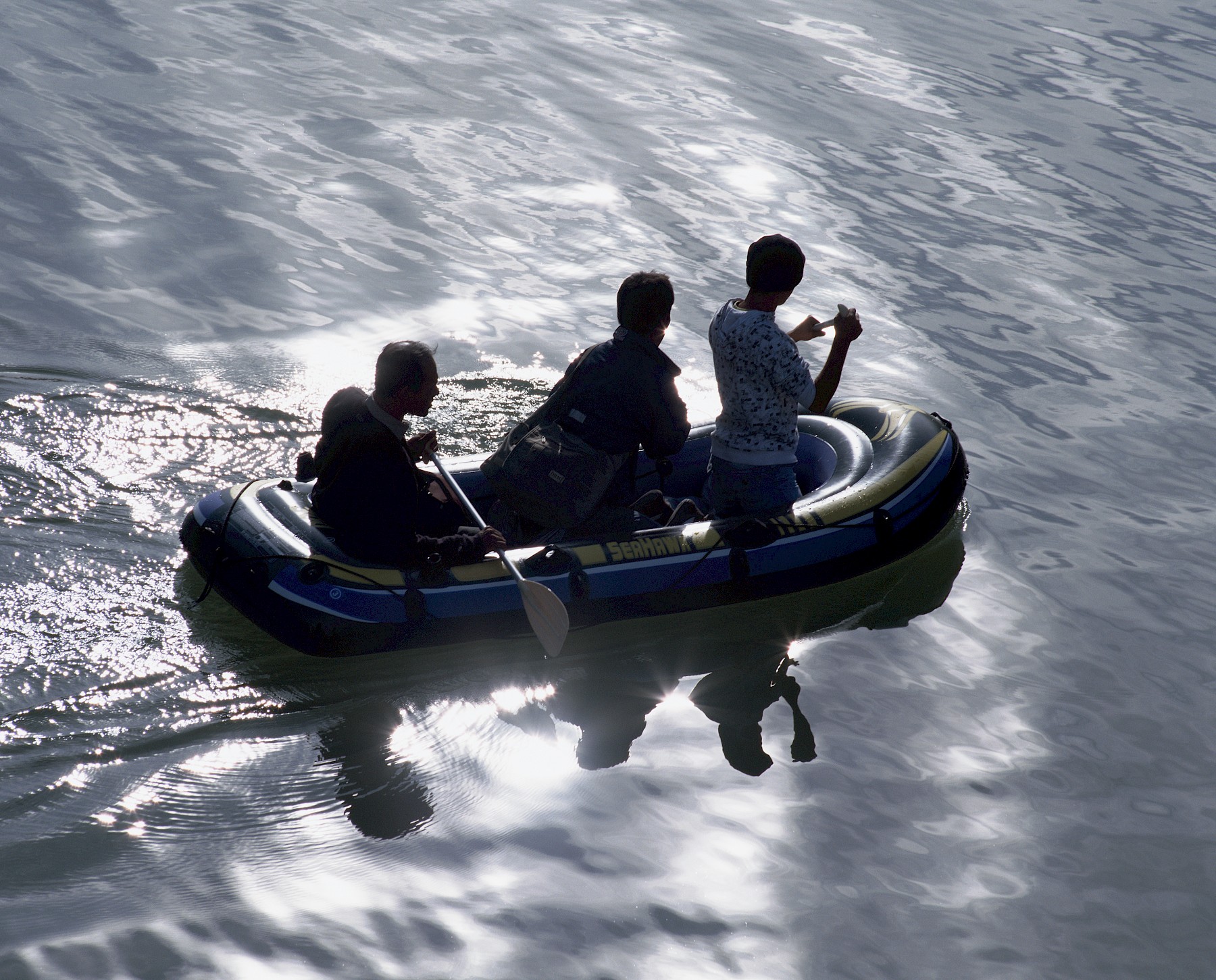
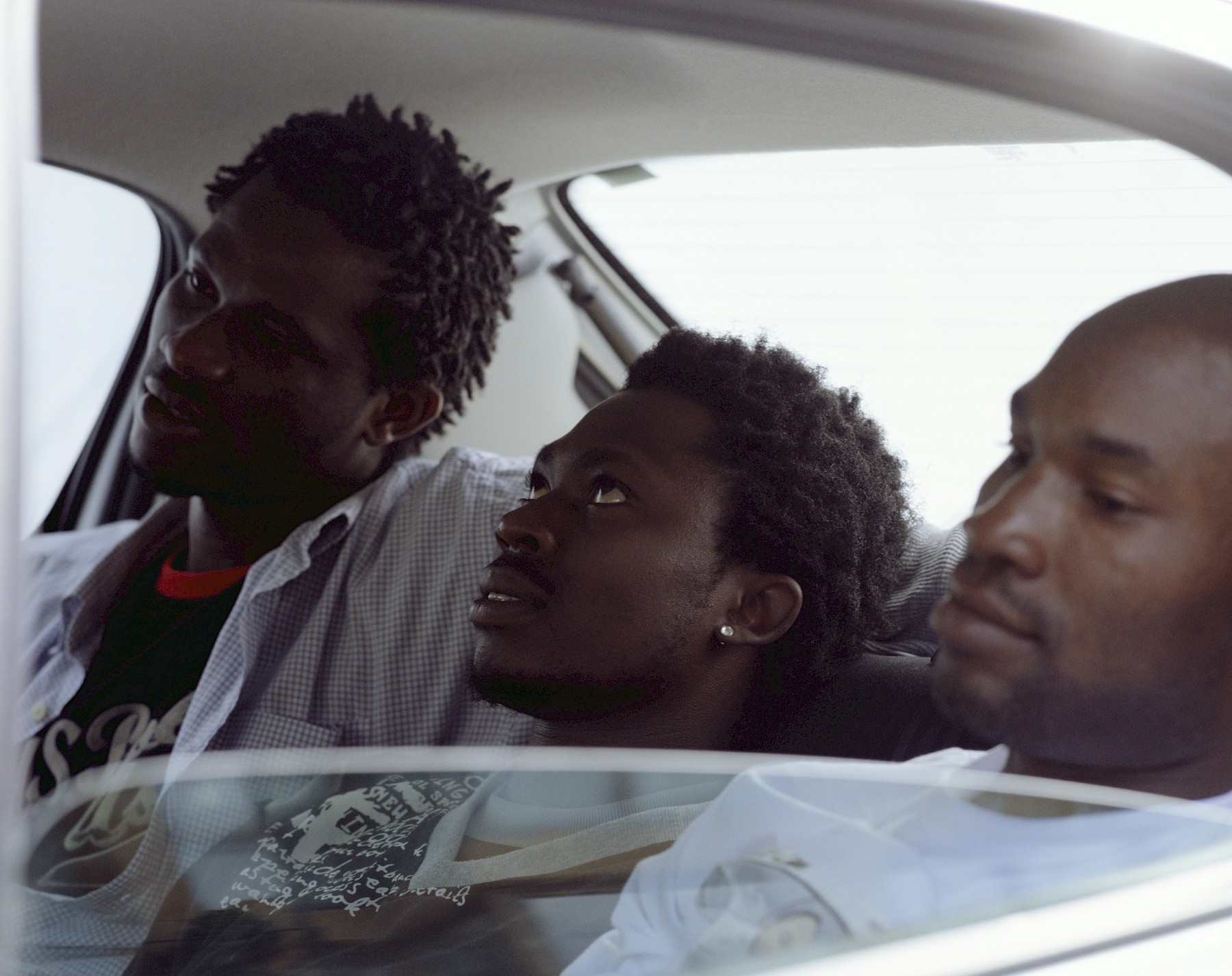
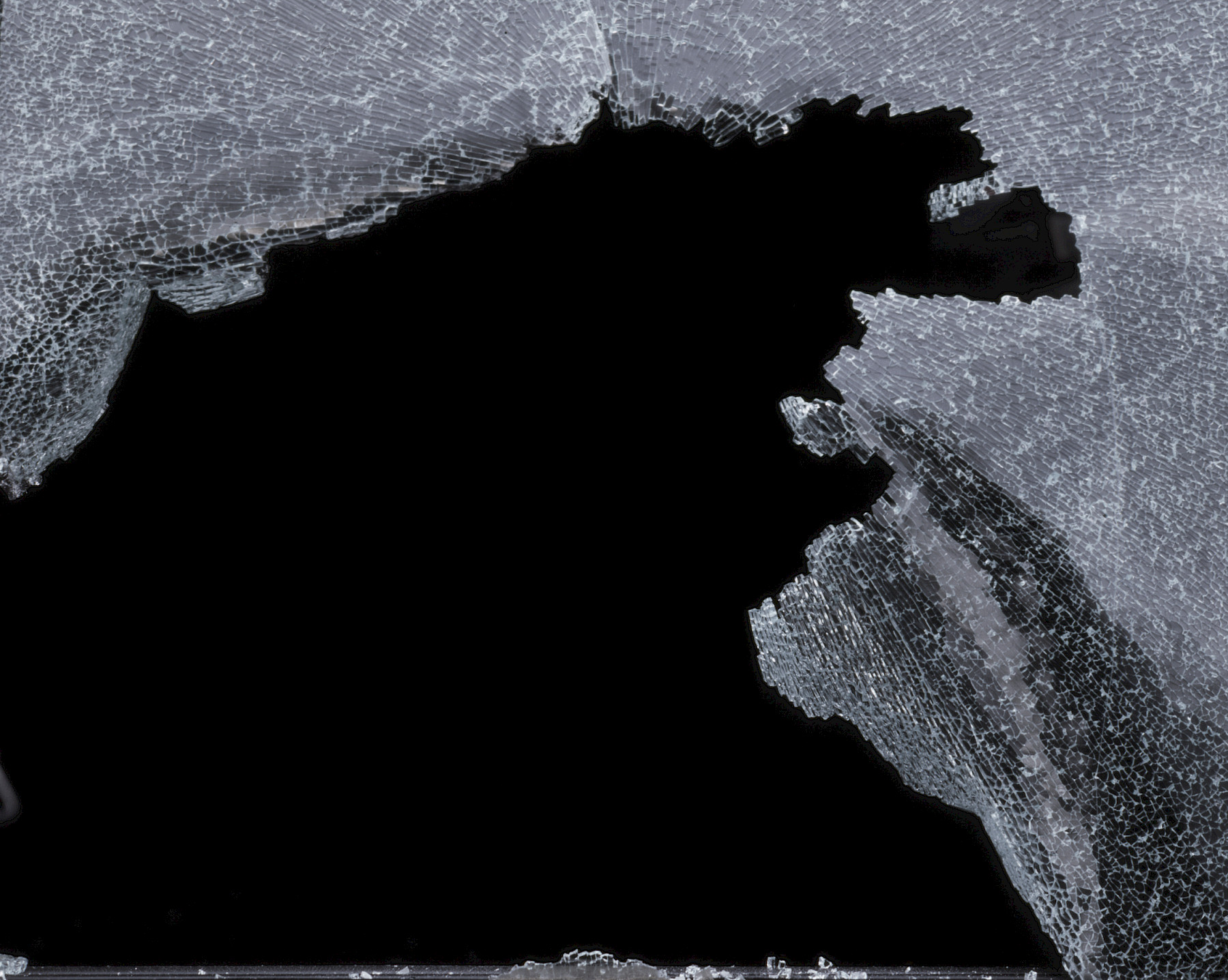

Hondius photographic work seems, at first sight, far removed from any socially engaged project. His stylised scenes with their disturbing psychological atmosphere seem to flirt more with the seductive visual language of advertising than social practice. For instance Man#2 (1999) is imbued with purple and grey hues, the way in which the windscreen is placed within the frame of the picture, the cool light; each and every minute detail contributes to the aesthetic harmony of the image. In UN/Defender (2000) an exhausted man is leaning against the bonnet of a Land Rover. The scene is set against a blurry backgrond serving to foreground the figure, literally and figuratively, isolating him from his surroundings. However there’s something strangely out of place in this image. The image is too perfect, the guy too attractive, his too clean and his designer sunglasses seem misplaced. Like in almost all of Hondius’ photographs there are details that instinctively seem to be out of sync with the rest of the scene. Even though, at first glance, his photographs are visually seductive as a result of their “perfect” photographic qualities and clear-cut composition, the scenes presented defy instant media consumption. Media messages, documentary photographs and personal accounts from people Hondius encounters inform his “possible real situations”. Factions: a fiction based on facts. In time a concept encapsulating a “possible real situations” is formulated, or to be more precise, an image is constructed in which a “real possible situation” is staged. Without exception the scene is informed by the artist’ personal reaction to a “real” event. The final photograph is meticulously directed down to the very last detail. Factual references to place, time or persons have faded into the background or disappear from the image altogether. The result is the materialization of a “mental image” that appeals to out collective memory, and by obliterating all “factualities” draws our attention to the atmosphere and protagonists in the scene. The dubious status of the image in our culture is a significant theme in Hondius’ body of work. Streams of refugees in the former Federal Republic of Yugoslavia, political asylum seekers sneaking into the country, victims of shootings on the West Bank are just some of the subjects that are reduced to “objective facts” by the media, mere numbers and statistics. Events easily isolated from our everyday reality are consequently divorced from their social dimension. Indirectly his photographs question the image of the world as mirrored by the media, as well as question the social effect of de-personalization and stereotyping on the cultural framework through which we interpret the world around us.
Initially, we are seduced by these aesthetic and seductive images, only to be subsequently confronted with as side of the world we tend to ignore as it deliberately threatens the ivory tower we construct around us.
The conscious inclusion of details that do not necessarily sit comfortably with the scene and the overt fictionalisation differentiates the “message” from a newspaper photograph. The latter is instantly comprehended yet just as quickly forgotten, whereas Hondius’ images linger on, repeatedly leading us up the garden path. The images remain impervious, just as mirrors force us to confront ourselves with our superficial and half-hearted mode of perception and interpretation. In a subtle and effective strategy that succeeds in reaching an audience already overloaded with interexhangeable images. It is not only “what” is communicated, be it a socio-political subject or the existential crisis of a pre-pubescent teenager, but also the “how” that determines the potential surplus value of art. Making the formal qualities of the image and the mode of representation just as political as the content of work.
“The medium is the message”, or so the timeless adage goes. Hondius strikes a subtle balance between the seductive and aesthetic imagery of commercial photography on the one hand and the socio-political inspiration on the other. This dynamic play-off is an effective formula that can hopefully offer resistance to the anaesthetizing image overload of the media and advertisers. As an artist, in order to infiltrate everyday reality, you have to be acutely aware of the language, the manner in which the message is presented to an audience as well the context in which it is experienced.’
Text (extract) by
Christel Vesters, “Indivisuals” for “A Complex Newspaper” published by Artimo 2001